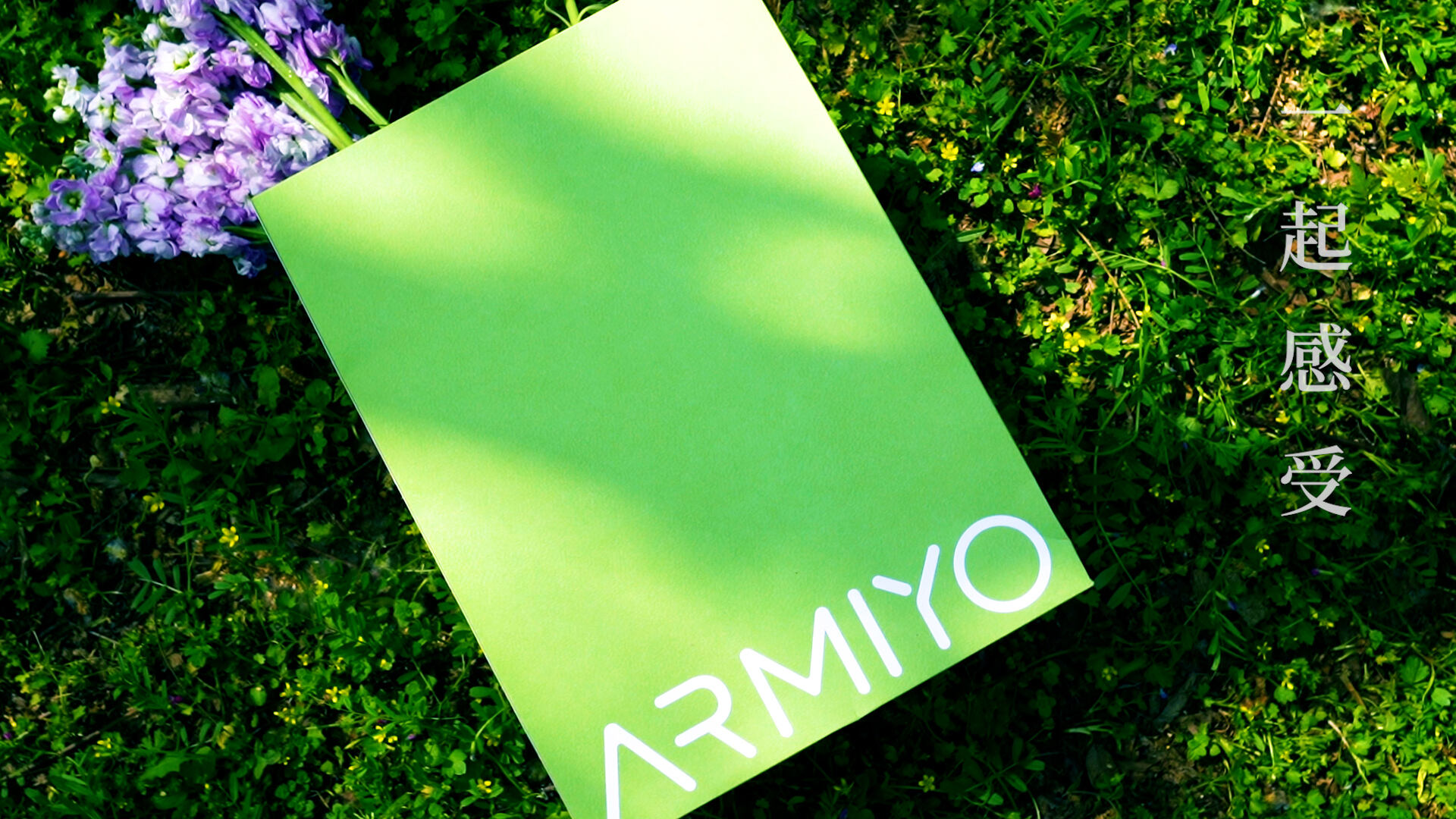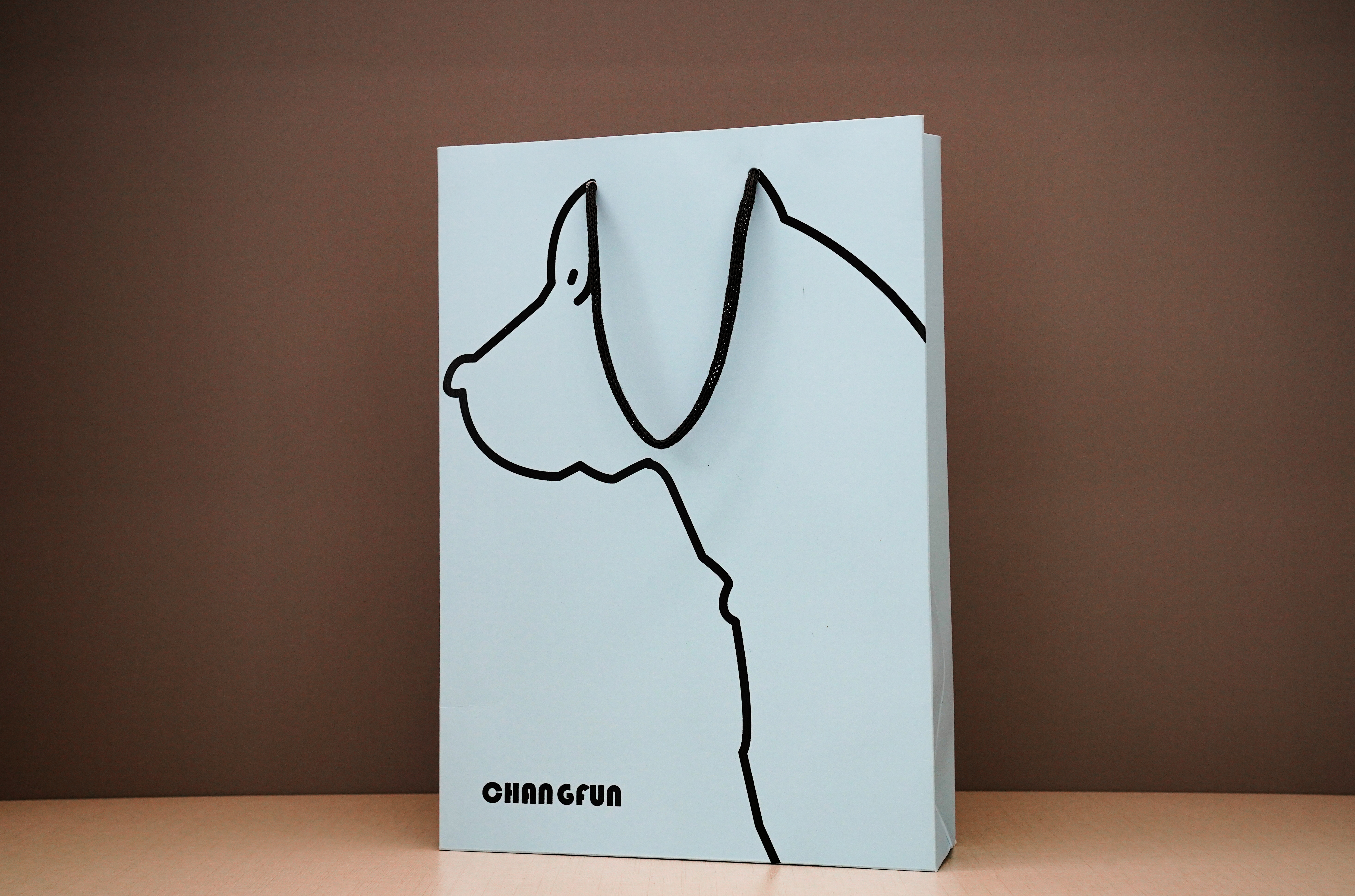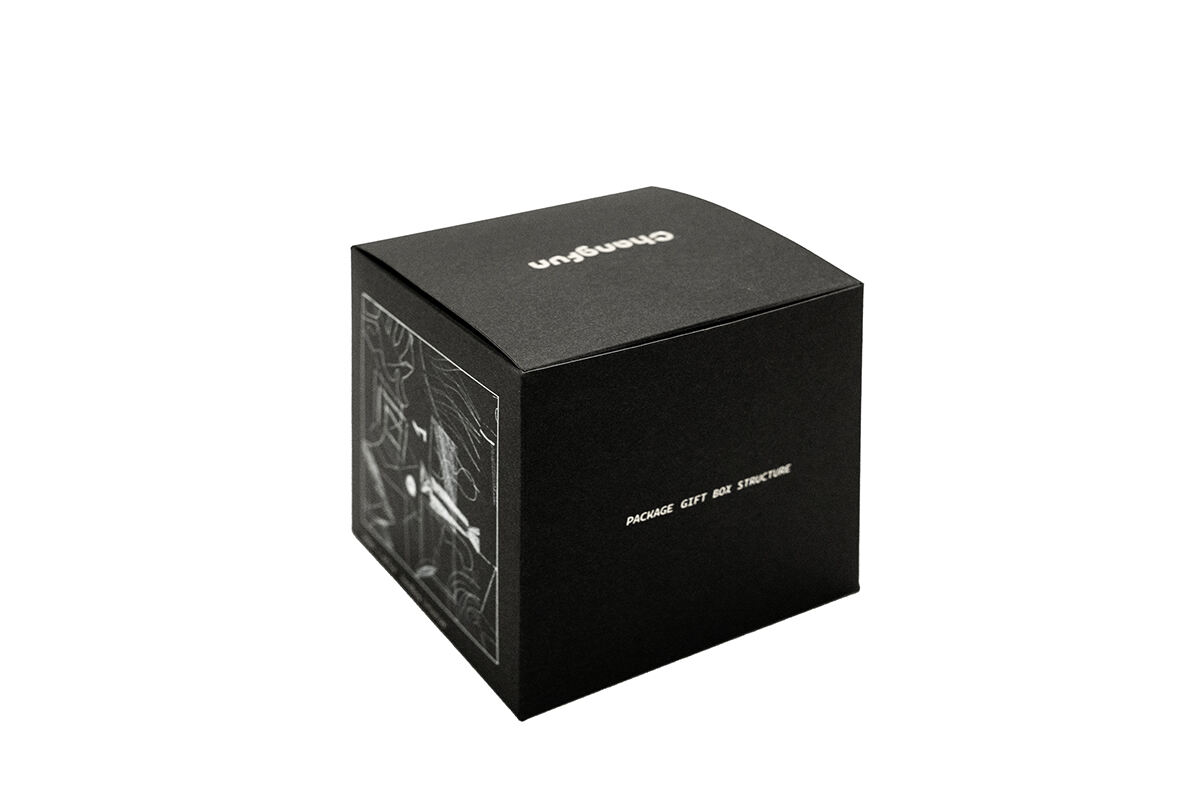color offset printing
Color offset printing stands as one of the most sophisticated and widely adopted commercial printing technologies in the modern publishing and packaging industry. This advanced printing method utilizes a complex system of plates, blankets, and cylinders to transfer ink from printing plates onto paper or other substrates through an intermediate rubber blanket. The fundamental principle behind color offset printing involves the concept that oil and water do not mix, allowing precise control over ink distribution and image quality. The technology operates through a four-color process known as CMYK, which combines cyan, magenta, yellow, and black inks to reproduce a full spectrum of colors with remarkable accuracy and consistency. Modern color offset printing systems incorporate sophisticated digital controls and automated registration systems that ensure perfect alignment of multiple color layers. The main functions of color offset printing extend far beyond simple reproduction, encompassing high-volume production capabilities, exceptional color fidelity, and cost-effective solutions for large print runs. Technological features include advanced dampening systems that maintain optimal water-ink balance, precision registration controls that eliminate color misalignment, and high-speed production capabilities that can process thousands of sheets per hour. The printing process begins with computer-generated plates that contain microscopic dots arranged in specific patterns to create images and text. These plates are mounted on cylinders within the printing press, where they receive ink and water in carefully controlled amounts. The inked image transfers to a rubber blanket cylinder, which then applies the image to the final substrate. This indirect transfer method protects the printing plates from wear and allows for printing on various surface textures. Color offset printing applications span numerous industries, including book publishing, magazine production, packaging materials, promotional materials, and commercial advertising. The versatility of this technology makes it suitable for printing on paper, cardboard, plastic films, and metallic substrates, providing businesses with comprehensive printing solutions for diverse marketing and communication needs.






